Acid catalysed conversation of 1,2-diol or vicinal, into carbonyl compound known as pinocaol-pinacolone rearrangement.
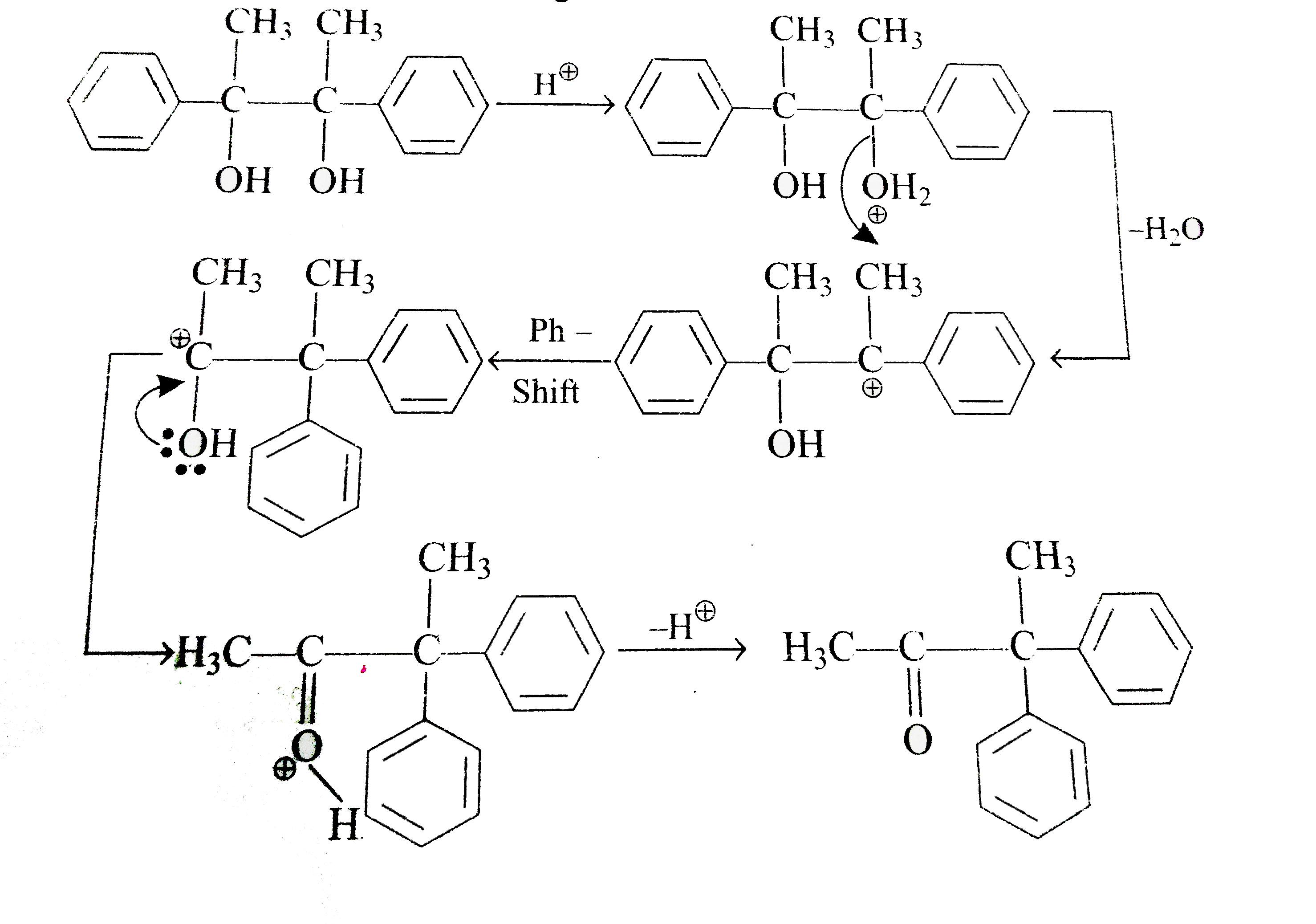
Generally more electron donating group migrate during mechanism, migration of H is faster because of its smaller size.
What would be the major product of reaction?




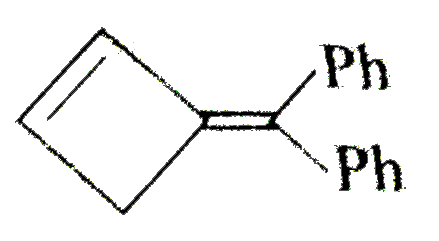
The correct Answer is:C
Step by step video, text & image solution for Acid catalysed conversation of 1,2-diol or vicinal, into carbonyl compound known as pinocaol-pinacolone rearrangement. Generally more electron donating group migrate during mechanism, migration of H is faster because of its smaller size. What would be the major product of reaction? by Chemistry experts to help you in doubts & scoring excellent marks in Class 12 exams.
Updated on:21/07/2023Topper's Solved these Questions
- ALCOHOLS AND ETHERSBook:HIMANSHU PANDEYChapter:ALCOHOLS AND ETHERSExercise:Match The Column
Explore 8 Videos
- ALCOHOLS AND ETHERSBook:HIMANSHU PANDEYChapter:ALCOHOLS AND ETHERSExercise:Integer Answer Type Problems
Explore 10 Videos
- ALCOHOLS AND ETHERSBook:HIMANSHU PANDEYChapter:ALCOHOLS AND ETHERSExercise:More Than One Correct (Q.26 To Q.50)
Explore 25 Videos
- AMINESBook:HIMANSHU PANDEYChapter:AMINESExercise:Subjective Type Problems
Explore 5 Videos
Similar Questions
Acid catalysed conversion of 1,2-diol or vicinal diol, into carbonyl compound known as pinacol-pinacolone rearrangement.

Generally more electron donating group migrate during mechanism, migration of –H is faster because of its smaller size.
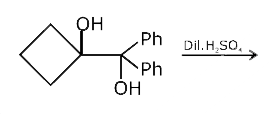

In this sequence of reaction final product is
View SolutionThe base catalysed reaction of 1,2-diketone to a salt of 2-hydroxy carbonxylic acid is known as benzile acid rearrangement . The reaction is not application to 1,2-diketones containing α− methylene group because of competing aldol condensation .
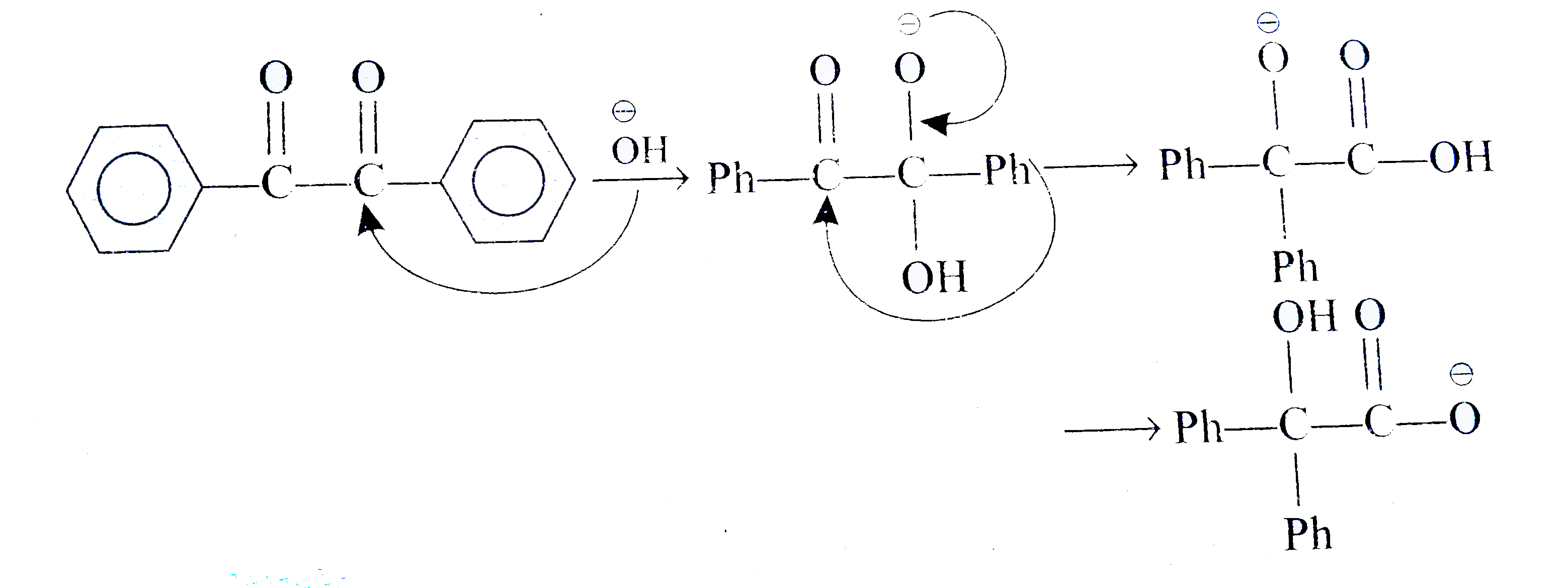
Find out product of following reaction :
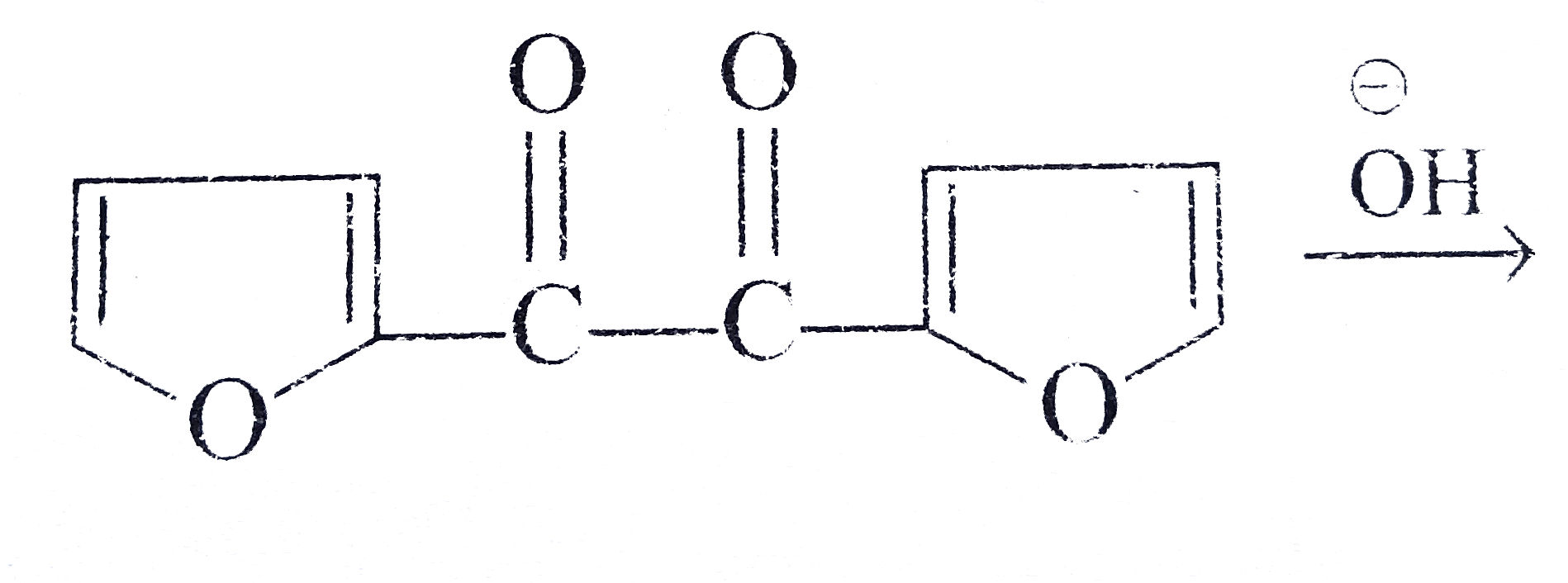
View Solution
Knowledge Check
Acid catalysed conversation of 1,2-diol or vicinal, into carbonyl compound known as pinocaol-pinacolone rearrangement.
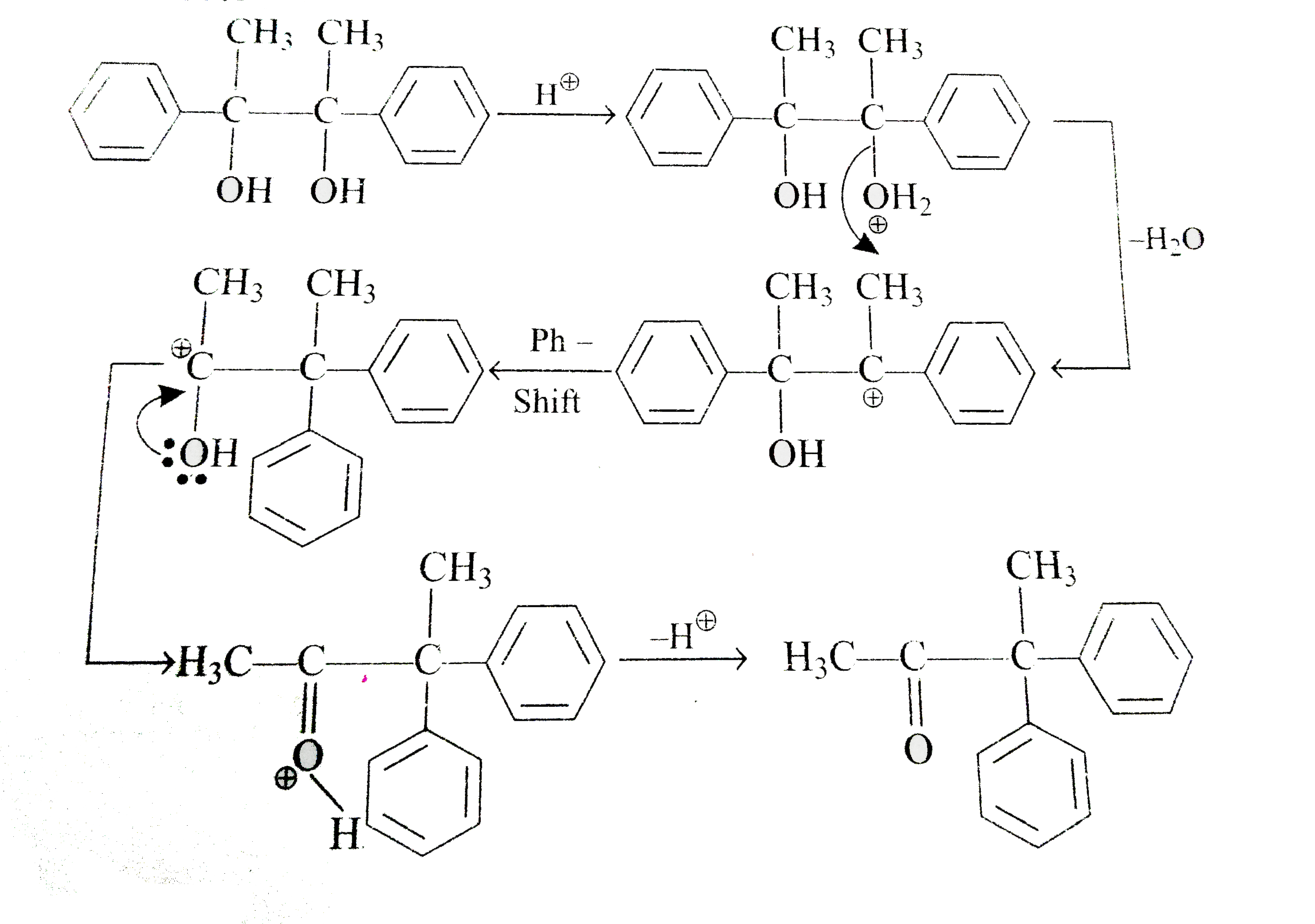
Generally more electron donating group migrate during mechanism, migration of H is faster because of its smaller size.

In this sequence of reaction final product is"A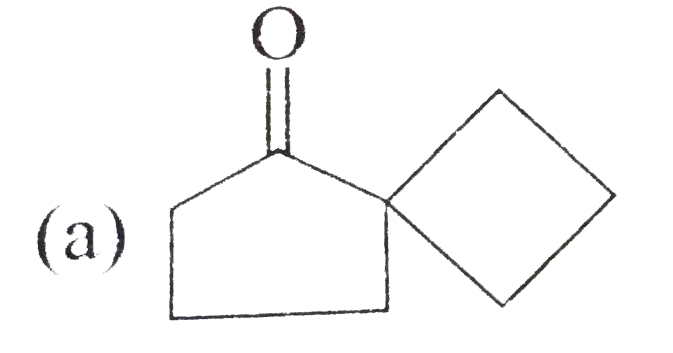 B
B C
C D
D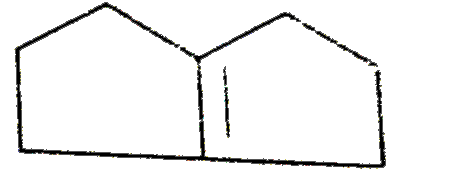
Acid catalysed conversation of 1,2-diol or vicinal, into carbonyl compound known as pinocaol-pinacolone rearrangement.

Generally more electron donating group migrate during mechanism, migration of H is faster because of its smaller size.
Which of the following is not correct about this rearrangement?A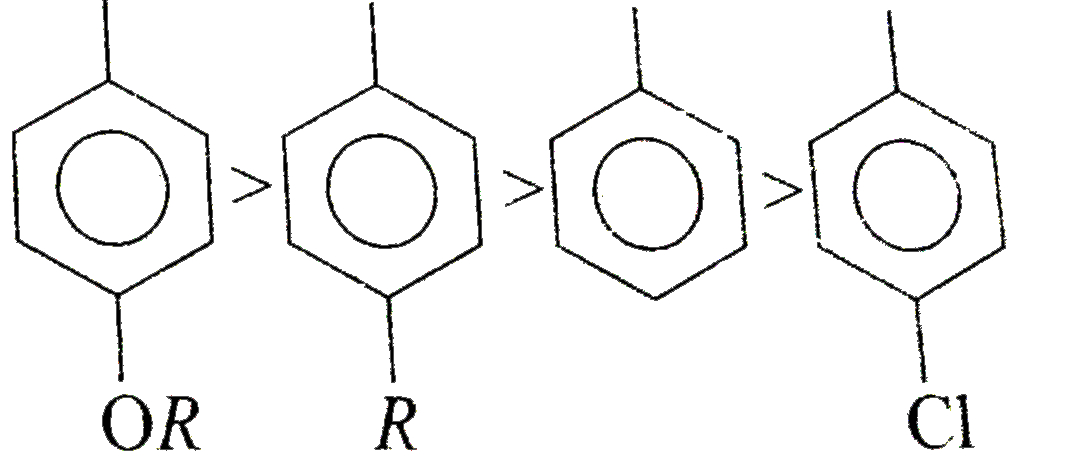 BThe carboncation is stabilised by 1,2-shiftCMigration aptitude for substituent is in R−>H−>C6H5DProduct of reaction is carbonyl compound.
BThe carboncation is stabilised by 1,2-shiftCMigration aptitude for substituent is in R−>H−>C6H5DProduct of reaction is carbonyl compound.Acid catalysed conversation of 1,2-diol or vicinal, into carbonyl compound known as pinocaol-pinacolone rearrangement.

Generally more electron donating group migrate during mechanism, migration of H is faster because of its smaller size.
Which of the following is not correct about this rearrangement?A BThe carboncation is stabilised by 1,2-shiftCMigration aptitude for substituent is in R−>H−>C6H5DProduct of reaction is carbonyl compound.
BThe carboncation is stabilised by 1,2-shiftCMigration aptitude for substituent is in R−>H−>C6H5DProduct of reaction is carbonyl compound.
The base catalysed reaction of 1,2-diketone to a salt of 2-hydroxy carbonxylic acid is known as benzile acid rearrangement . The reaction is not application to 1,2-diketones containing α− methylene group because of competing aldol condensation .
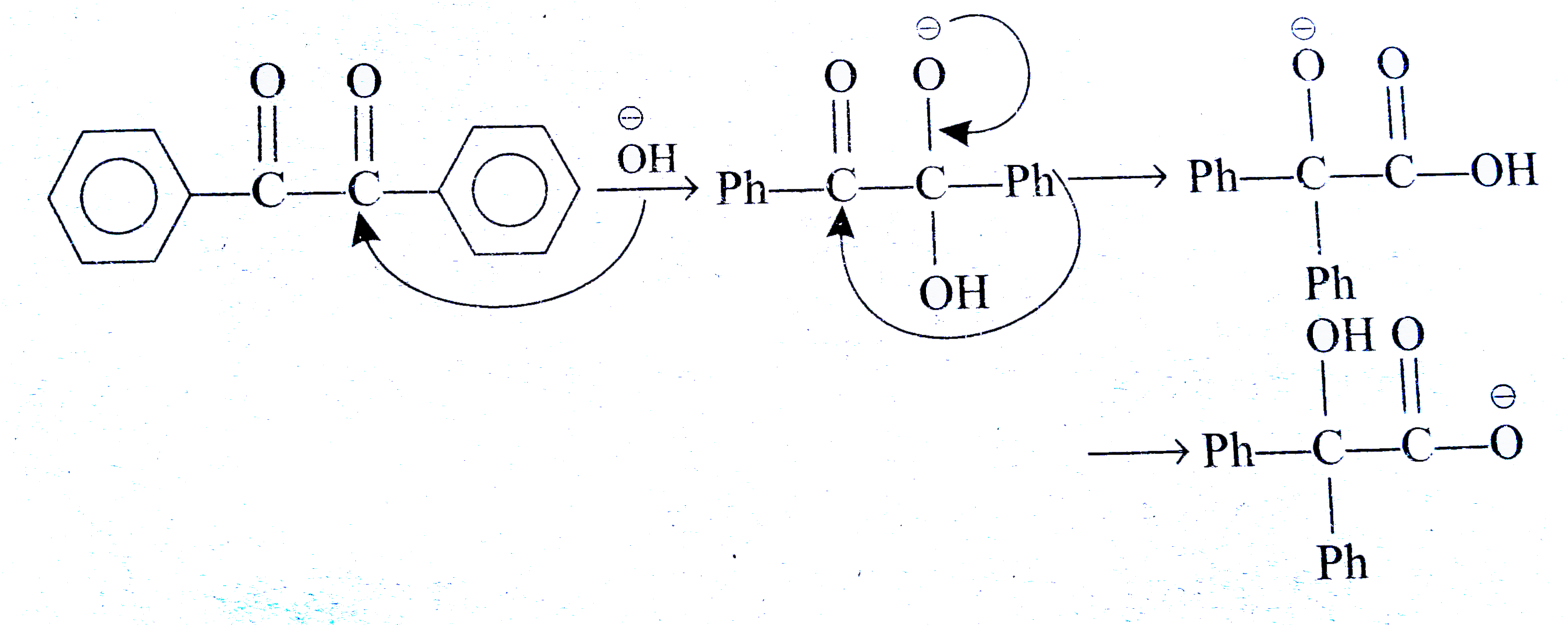
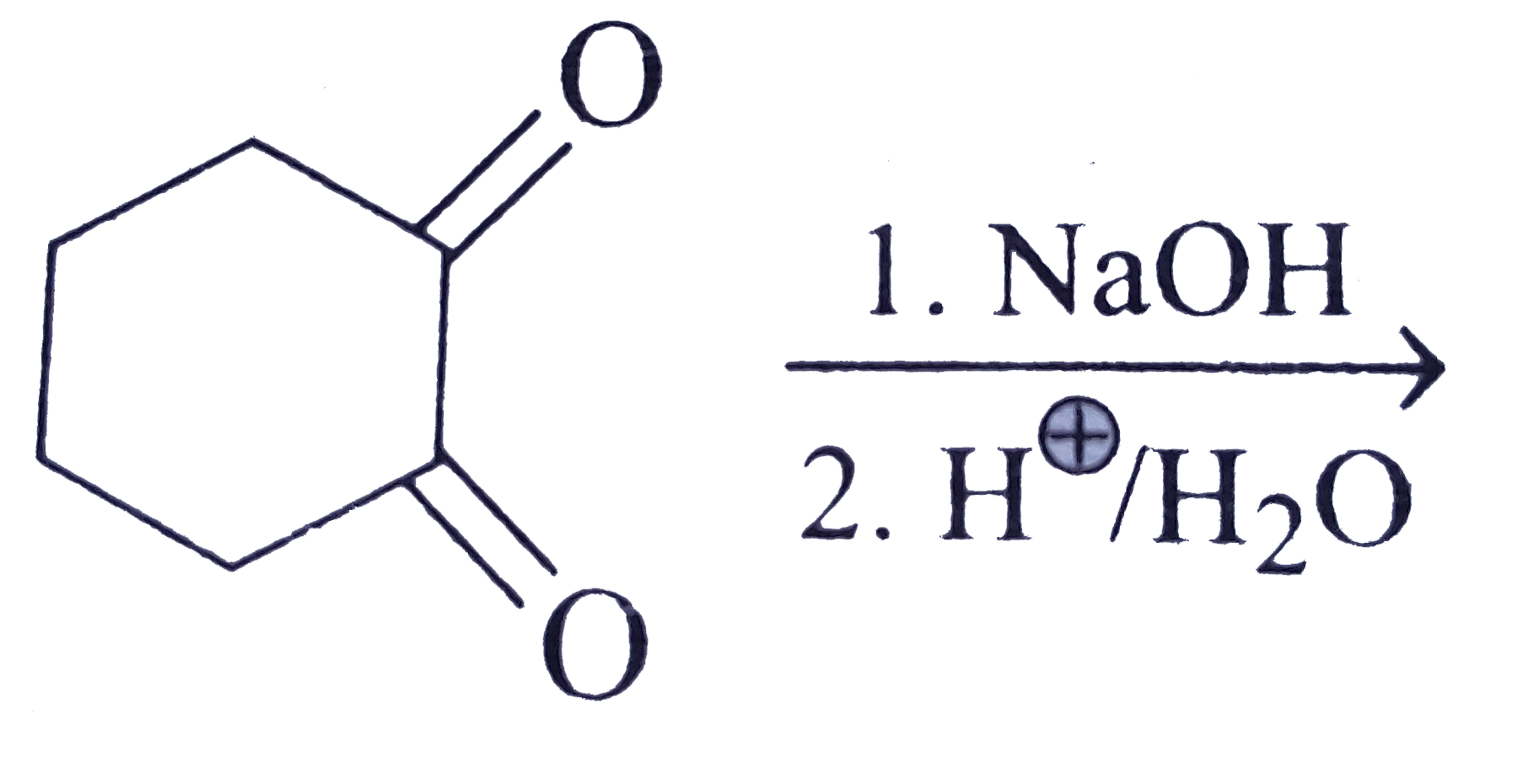
View SolutionThe base catalysed reaction of 1,2-diketone to a salt of 2-hydroxy carbonxylic acid is known as benzile acid rearrangement . The reaction is not application to 1,2-diketones containing α− methylene group because of competing aldol condensation .


Find 'P' :
View SolutionDi-tert-glycols rearrange in the presence of acid to give α-trtiary ketones. The trivial name of the simplest glycol of this type is pinacol, and this type of reaction therefore is named pinacol rearrangement (in this specific case, the reaction is called a pinacol-pinacolone rearrangement). The rearrangement involves 4 steps. one of the hydroxyl group is protonated in the first step. A molecule of water is eliminated in the second step and a tertiary carbocation is formed. the carbocation rearranges in the third step into a more stable carboxonium ion via a [1, 2] rearrangement. In the last step, the carboxonium ion is deprotonated and the product ketone is obtained.

What is R.D.S. of pinacol-pinacolone rearrangement ?
View SolutionDi-tert-glycols rearrange in the presence of acid to give α-trtiary ketones. The trivial name of the simplest glycol of this type is pinacol, and this type of reaction therefore is named pinacol rearrangement (in this specific case, the reaction is called a pinacol-pinacolone rearrangement). The rearrangement involves 4 steps. one of the hydroxyl group is protonated in the first step. A molecule of water is eliminated in the second step and a tertiary carbocation is formed. the carbocation rearranges in the third step into a more stable carboxonium ion via a [1, 2] rearrangement. In the last step, the carboxonium ion is deprotonated and the product ketone is obtained.


How many products obtained in above reaction ?
View SolutionDi-tert-glycols rearrange in the presence of acid to give α-trtiary ketones. The trivial name of the simplest glycol of this type is pinacol, and this type of reaction therefore is named pinacol rearrangement (in this specific case, the reaction is called a pinacol-pinacolone rearrangement). The rearrangement involves 4 steps. one of the hydroxyl group is protonated in the first step. A molecule of water is eliminated in the second step and a tertiary carbocation is formed. the carbocation rearranges in the third step into a more stable carboxonium ion via a [1, 2] rearrangement. In the last step, the carboxonium ion is deprotonated and the product ketone is obtained.


Product 'P' is :
View Solution

